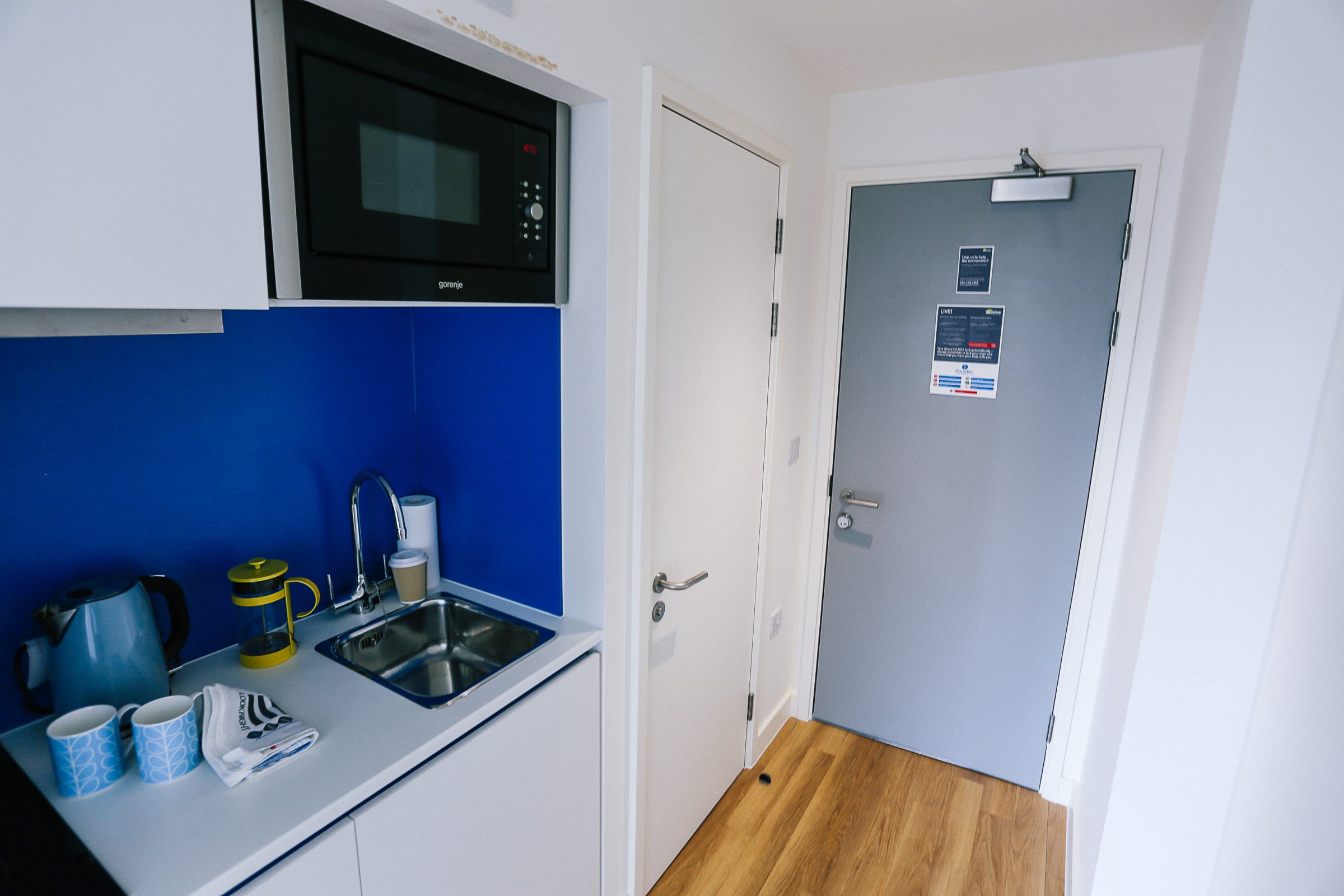Fire Doors Myths – Busted!
ASDMA are supporting Fire Door Safety Week 2019 and as such are sharing the resources they have created that are designed to inform business owners and users, as well...

Fire doors provide an essential line of defence against the spread of fire and smoke in an emergency situation. They help contain the fire in the area it started in for a defined period, giving tenants the vital time they need to evacuate. Fire doors are particularly important in an environment were people may be sleeping and therefore unaware of a fire breaking out. Under the Regulatory Reform (Fire Safety) Order 2005, the landlord has a legal responsibility to keep their property and the tenants that live within it safe. As such, they must ensure that fire doors are properly specified, installed and maintained so that occupants are protected. ASDMA offer five essential fire door tips for landlords;
Always choose fire doors that have been certified by a recognised third-party scheme like BM Trada or Warrington Certifire. Third-party certification means that the door manufacturer has undergone a rigorous audit and testing process conducted by an independent specialist body. Each door they produce is to the same specification approved by these schemes. By choosing third-party certified fire doors, you can be confident of the door’s performance and know that you’re making a sound investment.
Every element of a fire door, unlike a standard door, has been carefully engineered to provide maximum fire resistance – from its ironmongery and seals to its glazing and the frame it’s hung within. Fire doors, in order to work correctly, must also be fitted correctly by a competent installer adhering to the manufacturer’s installation instructions.
Make sure fire doors are covered in the building’s Fire Risk Assessment and that the assessor is qualified to inspect the doors.
If in doubt, you can find qualified Fire Door Inspectors on the Fire Door Inspection Scheme website; www.fdis.co.uk
Over time some elements of the door’s components may need replacing. It is important that any component is replaced like-for-like to ensure the door will perform its function and the fire test certificate will remain valid. DO NOT modify a door to take fire-resistant glass, unless the door is designed for that.
For replacements and repair, please click here to contact an ASDMA member.
59% of tenants in flats within the UK do not know who the ‘Responsible Person’ for their building is – according to Fire Door Safety Week (FDSW). Make sure your tenants know who to contact if they have any concerns by displaying a FDSW poster, which can be downloaded here.